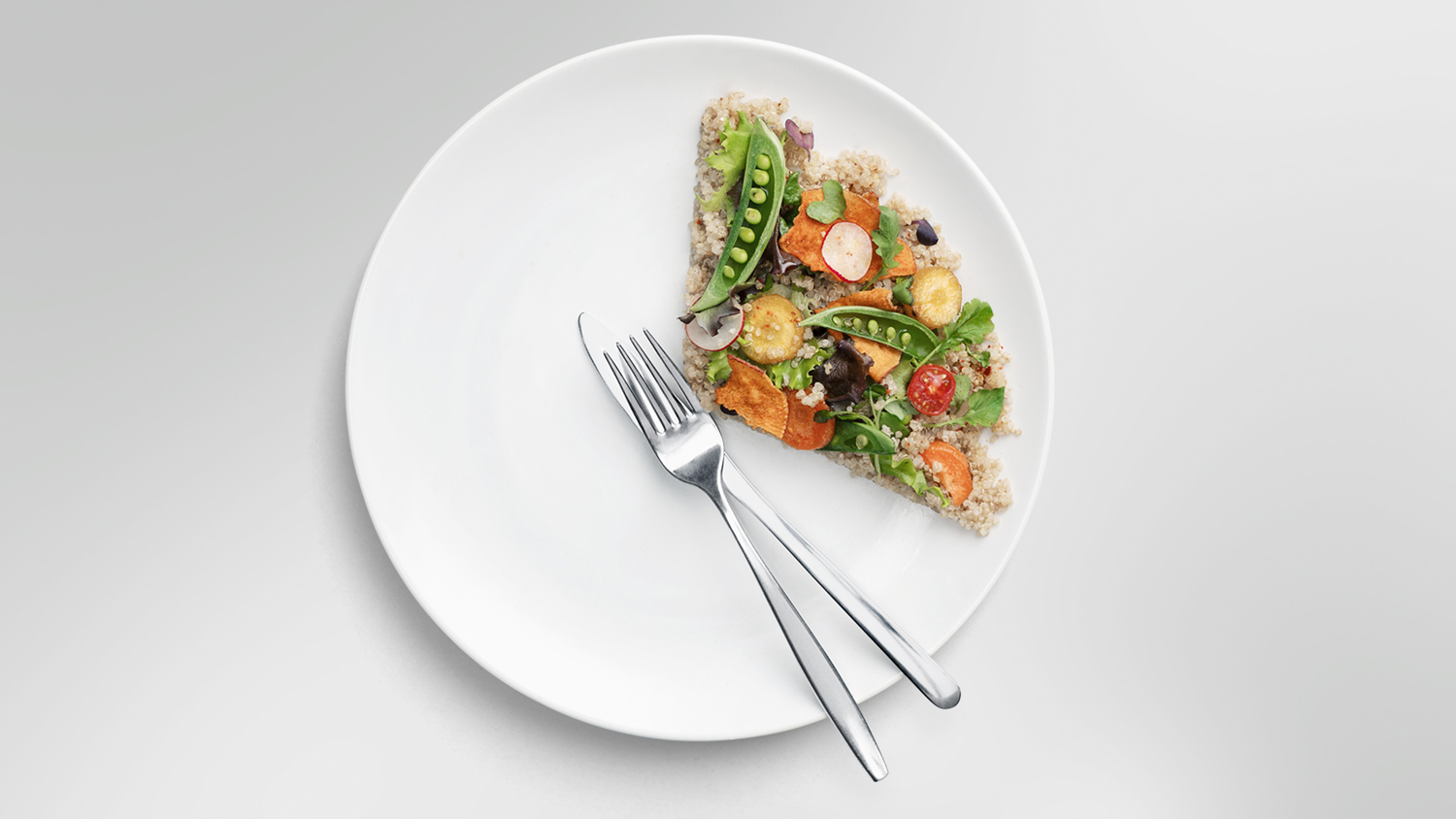Some may wonder is food waste really such a big issue to talk about? Looking at a global level, it certainly is, as if global food waste were a country, it would be the country with the third largest carbon footprint in the world1. The same can be said for an average household in Estonia, generating ca 61 kg of food waste per year for each person, of which food loss accounts for 42% or 26 kg.
Food waste happens for a variety of reasons, and it occurs at different stages of the food supply chain, from production to consumption. However, it can be tackled with proper knowledge and yes, something many of us don’t tend to do enough: planning.
One of the root causes for food loss at households is over-purchasing. Consumers often buy more food than they need, forget about items in the back of their refrigerators or prepare meals that generate leftovers that are left uneaten. Other reasons for food loss are shortage of ideas, what to do with single food items and leftovers, how to storage them properly, lacking cooking skills and lack of time. Moreover, too many people are confused about the labels on food packages, such as ‘best before’ and ‘use by’ date. In reality however, up to half of food thrown away is still edible.
Estimating your food and money waste
If asked, an average household probably doesn’t realize the amount of food waste they are creating, what kind of an impact it has on the planet and on their wallet. That is why one may also find it difficult to change their habits, as the problem is not perceived properly. In 2021 Paulig* in collaboration with Natural Resources Institute Finland developed an online calculator, which showcases clearly the connection between carbon footprint and food waste and the financial element alongside with it. The aim of the calculator is to make consumers think before they act and influence their habits and routines by making food waste something that is easier to perceive and measure.
Answering to some simple questions about one’s everyday habits and practices, one can estimate the food waste generated by their household annually, get an idea of the euro value and carbon footprint of their waste, and compare the results to a household average. Check out more here.
Small steps make a big impact
As with any progress and change at a wider scope, individual contribution cannot be underestimated. Raising awareness and turning the belief around that meal planning is something difficult and too time consuming can reduce food waste significantly. Some easy tips and tricks, which everyone can implement in their everyday lives, are:
- Plan your meals. Before you go shopping, plan your meals for the week. Create a shopping list based on your meal plan, and stick to it. This will help you buy only what you need.
- Buy wisely. Avoid overbuying by purchasing perishable items in smaller quantities. Think about what you actually need and buy accordingly. If you’re not sure if and when you need it, leave it on the shelf.
- Read the date labels. If it’s past ‘best before’, it doesn’t mean it’s bad. You can tell by looking, smelling and tasting. ‘Expiration date’ tells you that the product should be used by that date.
- Storage properly. Store food properly to extend its shelf life. Use airtight containers and freezer bags to keep food fresh.
- Freeze the excess. If you have excess food that you can’t consume immediately, freeze it. Many foods, including bread, fruits, vegetables, and cooked meals, can be safely frozen for later use. Freezing surplus coffee makes great ice cubes for cold drinks!
- Clean and order your fridge. When unpacking groceries or storing leftovers, put newer items behind older ones in the refrigerator and pantry. This ensures that you use the older items first. Make sure you also check your fridge regularly or any foods that are soon to expire.
- Control your portions. Serve smaller portions to avoid leftovers. You can always go back for seconds if you’re still hungry.
- Buy smart. Stop perfectly good groceries from going to waste and save money by buying products with red best before tags or ‘30% off’ labels.
- Get Creative. Use leftover ingredients to create new meals. For example, turn leftover vegetables into a stir-fry, use overripe fruits in smoothies and baking or prepare a delicious leftover tortilla! Check out more recipes here.
– 1 The Food and Agriculture Organization of the United Nations FAO: Food Loss and Waste Database | FAO | Food and Agriculture Organization of the United Nations
– *Reduction of food waste is a part of Paulig’s Sustainability Approach 2030. The company’s aim is to cut the food waste in its value chain by 50% by 2030.




